The Nakima Chronicles: A Sikkim treat that charms gourmands
It’s the season for the rare, slightly bitter flower-vegetable with a sweet aftertaste. Local people make a beeline in front of vendors selling it in Gangtok. And, there’s a recipe too.

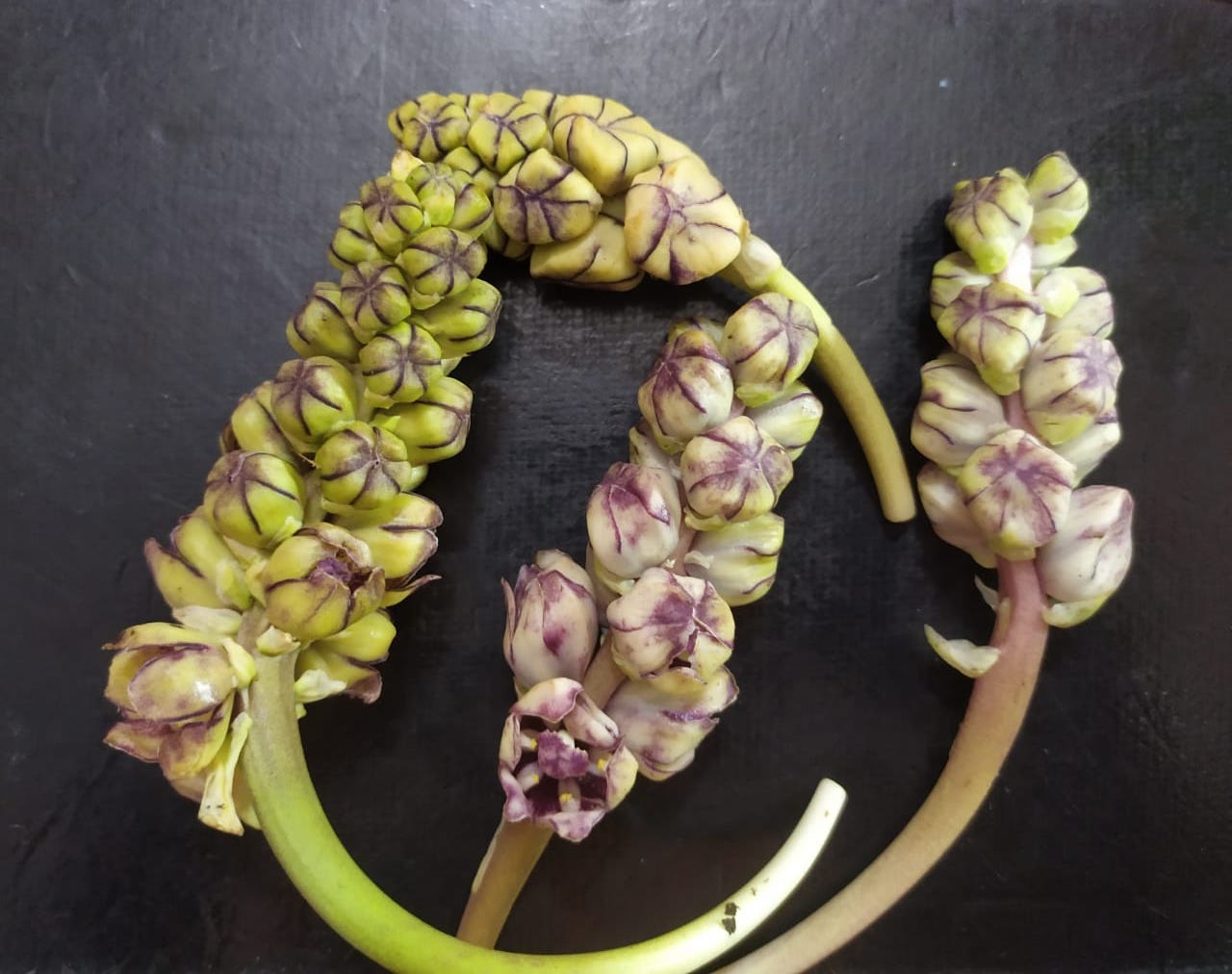
Nakima, an edible flower with medicinal properties. Pic: Satyadeep S Chhetri
Gangtok, Sikkim.
Twenty-six-year old Shreya Upreti lived in Pune for nine years before returning to her home state of Sikkim recently. One thing she missed in Pune, known to be a gourmand’s paradise, is nakima, an edible flower with medicinal properties. Last week, she ate her first nakima in a long time, and the very first spoonful brought back a lot of food memories, she told Gaon Connection.
“The first time my mother made it for me, I was eighteen. I hated it. It was awfully bitter, and my mother kept getting me to eat it, insisting it was good for health, and high in protein and Vitamin C. After the third or fourth time, I think I fell in love,” she laughed.
Today, nakima is her favourite flower-vegetable.
So, what is nakima that gets people all nostalgic and warm?

In September and October, the air in Gangtok, the capital city of Sikkim located 1,650 metres above sea level, is slightly nippy and humid. The monsoon is waning — rain lashes down occasionally and temperatures dip to about 18 degrees Centigrade or less. This is not the regular tourist season, and locals get to enjoy their city and its peace and quiet. The weather is also perfect for the growth of nakima, a rare, slightly bitter flower-vegetable.
Come mid-September, and nakima flowers burst forth from plants that grow from rhizomes. The plants grow to a height of two-and-a-half feet and the flowers are found closer to the base. Ideally, this plant grows in a temperate forest at an altitude of 4,000 feet above mean sea level and above.
Nakima is also popular in Nepal and Bhutan; in the latter, it is often cooked with meat. Research shows that besides being easy-to-cultivate, this plant also has high nutritive (protein and fibre) and therapeutic values, and has the potential to be more popular among end-users.
A study at the Department of Horticulture, Sikkim University, Gangtok, in 2014-15 collected inflorescence from all four districts of Sikkim — East, West, North and South — to see how it ranks on fat, fibre, protein, sugar, Vitamin C, etc. The idea was that knowing its full nutritional profile would help increase production and marketing “in and outside the State of Sikkim”.
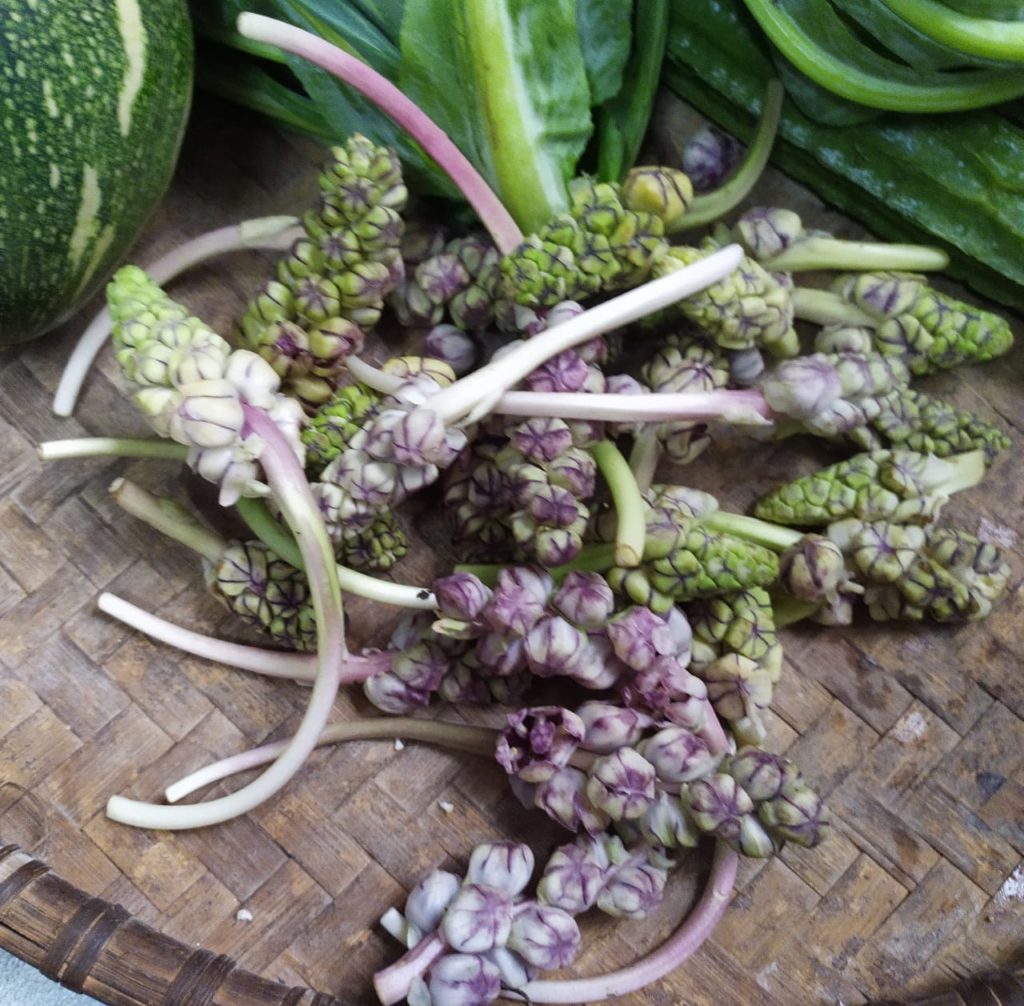
Right now, not many people outside of Gangtok know about nakima. Even those living in nearby towns like Kalimpong, Siliguri and Darjeeling and the other sister states of the North East are not really aware of this rare treat, which people willingly pay a huge price for.
This year, the initial crop hit the market in the first week of September with a sale price of Rs 600 a kilogramme (kg). By now, those living in Sikkim, which is India’s first fully organic state since January 2016, know to identify organic produce from hybrid, just by seeing texture, judging weight and checking for the natural fragrance of any produce. Ironically, nakima calls for none of these attributes; you just have to spot it. It does not have any unique aroma or colour; it is just green-purple inflorescence, and looks like asparagus shoots. Where the magic happens is when one begins to cook it. Blanching removes bitterness and lends a deep purple colour to the flower. The texture of the final output is like something squishy.
Sometime in early October, 1997, nearly a quarter of a century ago, I got introduced to nakima when a family in West Sikkim decided to visit relatives living in Gangtok. As tradition dictated, they brought along some soft fresh churrpi (Himalayan cheese made by curdling curd with citrus juice) — a hardened variety made from yak’s milk goes by the same name too — farm fresh vegetables and a bunch of light green and violet flowers that looked like asparagus shoots — Nakima, the bearer announced, with a smile.
That evening, the family tasted a delicious vegetable that has lost much of its bitterness and taken on a lovely sweet aftertaste, and which paired wonderfully well with warm rice. This was followed by a visit to the Sunday haat at Lal Bazaar, the local vegetable market — these days, the huge Kanchenjunga Complex is where all vegetables are sold. The shopkeepers wondered about the sudden interest in a deeply traditional ingredient used in small pockets of Sikkim. “It grows in the wild and is a pain to harvest. Also, there’s no demand for it here,” informed an old woman at the market. Another insisted it was the food of the underprivileged, and that people would not pay for it.
From 1997 to 2020, a lot has changed. Nakima is sold at a fortune now. Nakima farmer Ashok Limboo from West Sikkim said they waited for the flower to bloom earlier so that they could make more money from selling it. The first flush of inflorescence fetches around Rs 600 a kg in the retail market in the first few weeks, before simmering down to Rs 200 to Rs 300 a kg by October. By the first week of November, nakima is a happy memory and a fond hope for the next year.
Once grown in the wild, these plants have now been domesticated and grow at an altitude of almost 1,200 metres to 1,500 metres above the mean sea level. Collecting the nakima adds to the cost — people have to head into thick forest and pluck the flowers off the base of the plant. The demand for naturally grown nakima is another reason for the steep prices. While nakima is now grown commercially to supply the burgeoning demand, it tastes best when plucked in the wild and cooked when still fresh.
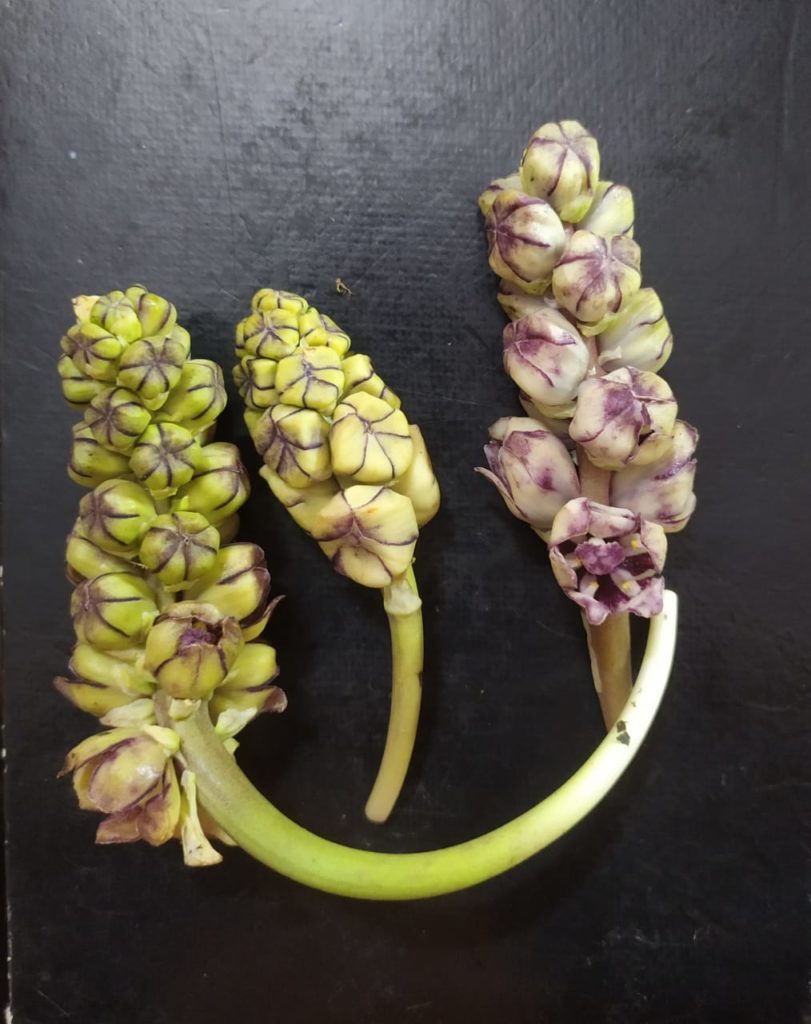
Google ‘nakima’ and you’ll find videos of people walking through green patches to harvest the flower and then cook it either plain or with meat.
Many farmers in the adjoining hills have taken up nakima farming for its high-economic value. It is also said to help maintain blood pressure, though a definitive study has not been conducted. My middle-aged sister calls it the ‘amrut’ (nectar) of the monsoon when the only vegetables one has access to are varieties of gourd and squash (chayote). It is only with the onset of winter that regular vegetables are back in the market in Gangtok.
Nakima flower-vegetable recipe
Wash and clean the florets and slice the stacks vertically.
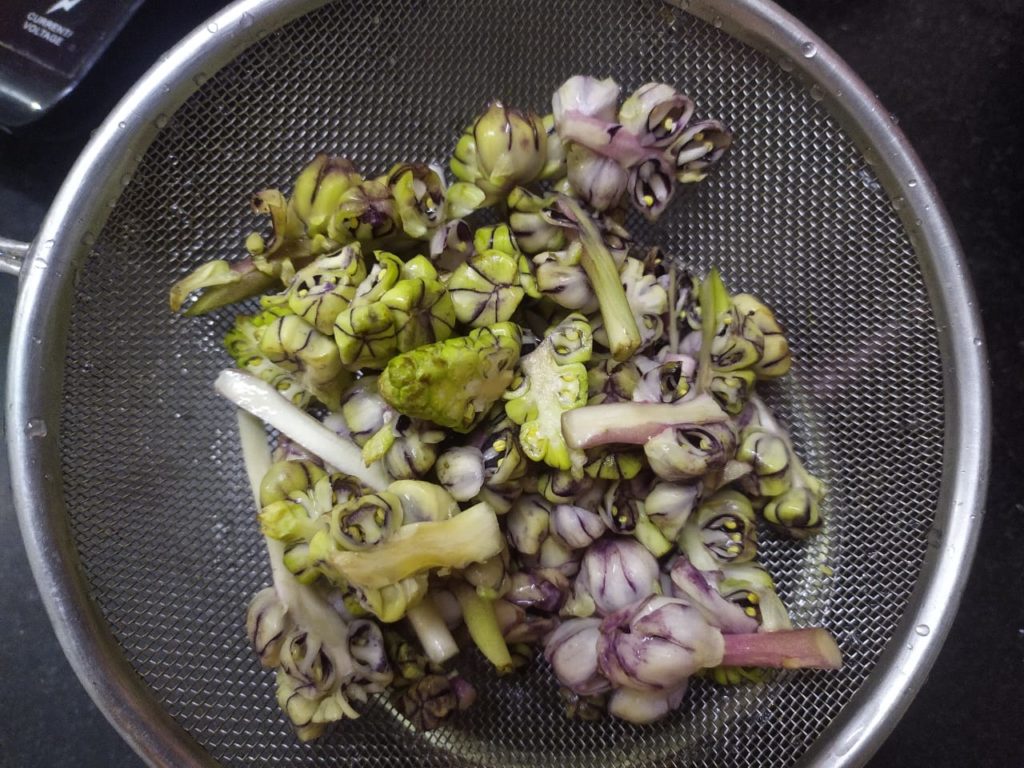
Blanch in hot water and drain the water. Some prefer retaining this nutrient-rich water for cooking.
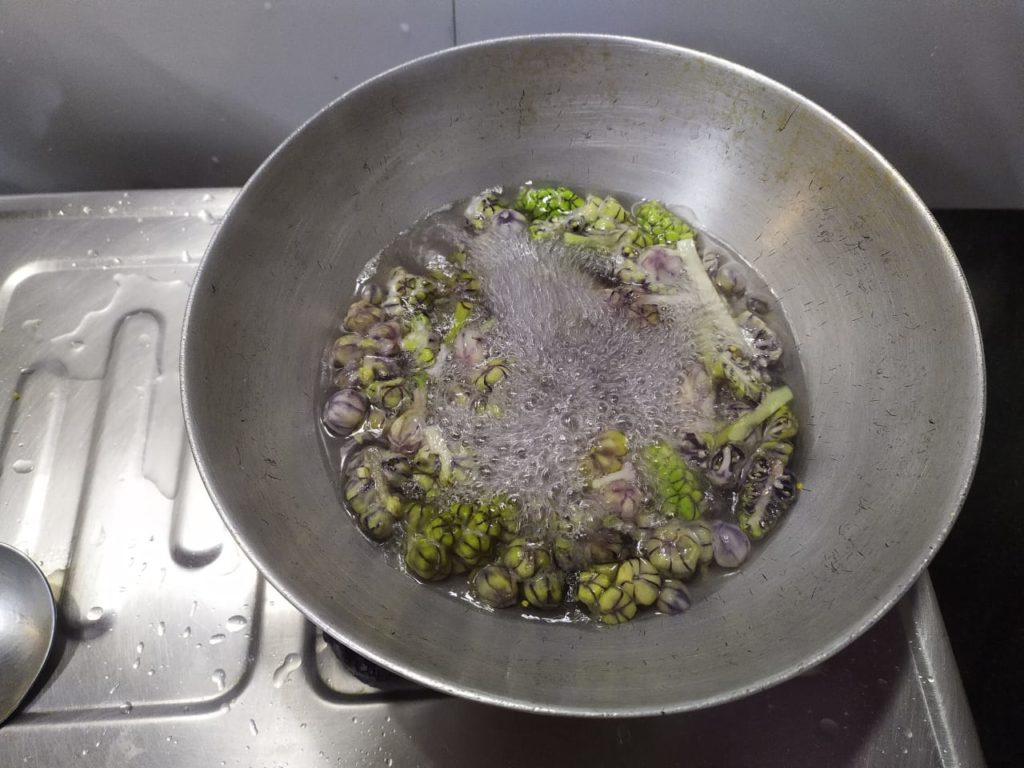
Add mustard oil to the kadhai and fry juliennes of onion till translucent. Add diced garlic and tomato with half a teaspoon of turmeric powder and salt (You could add green chillies or red hot Himalayan cherry peppers too).

The blanched nakima is added to this and cooked till the oil separates. You could either eat this plain or jazz it up with pork or even churrpi and radish.
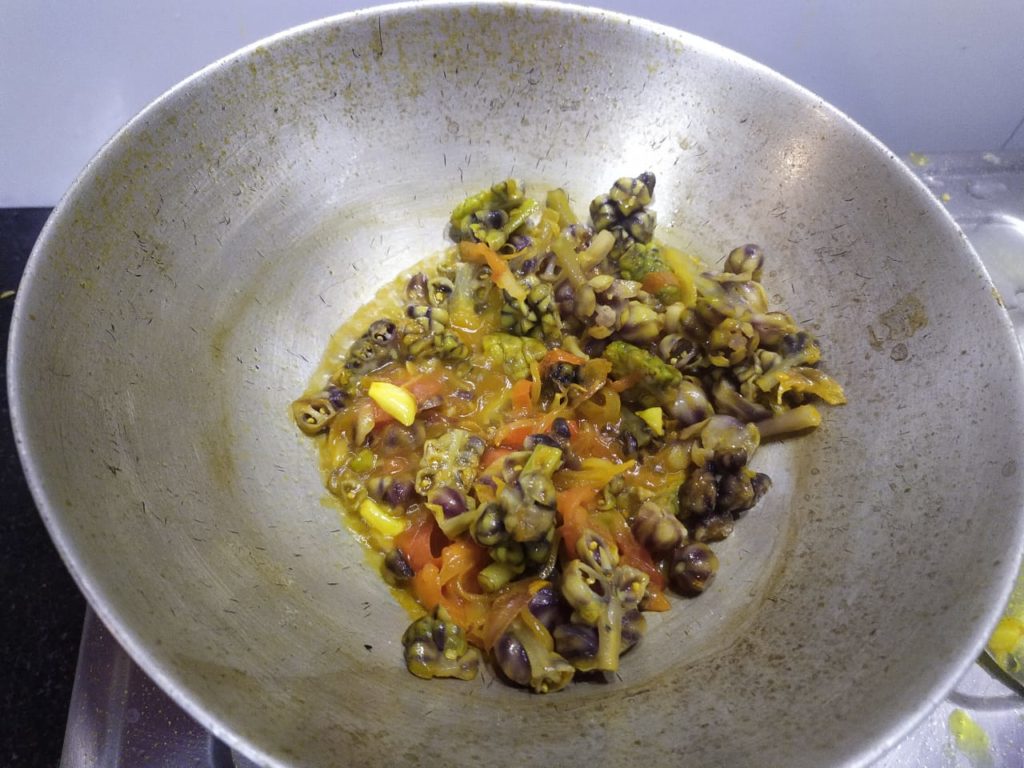
The next time you are in Sikkim around the onset of winter season, do ask your local host or hotel to prepare this dish. It will mark a departure from binging on momos, which are lovely, but overshadow the other culinary gems of Sikkim.
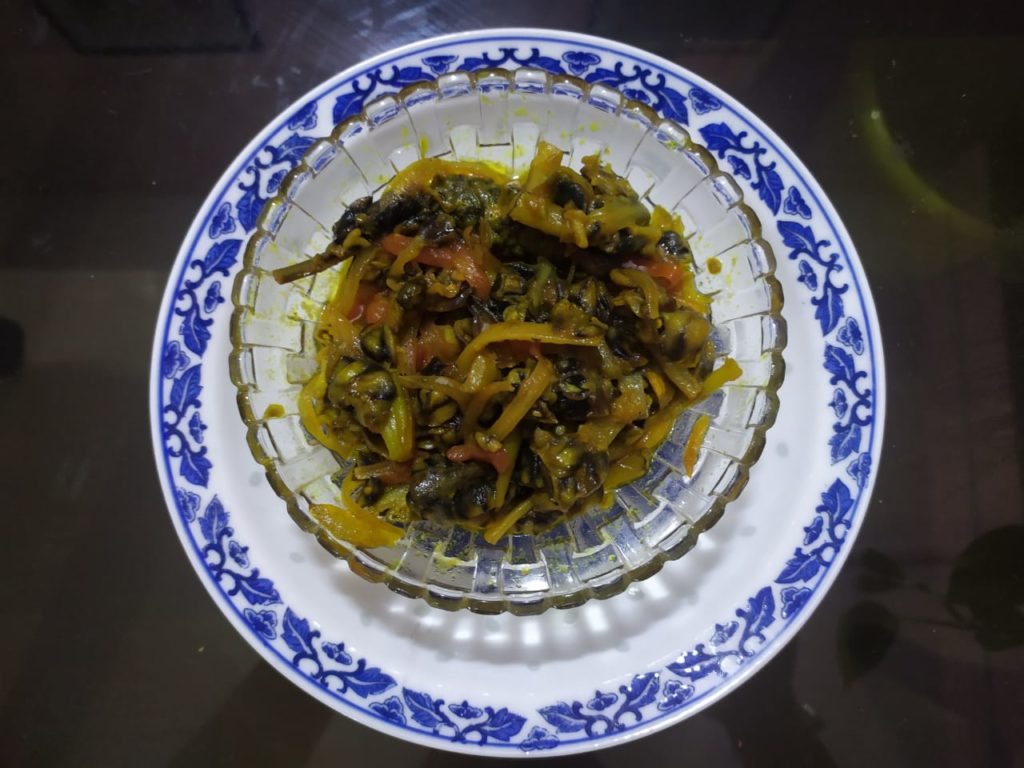
Satyadeep S Chhetri is associate professor with Sikkim Government College. He is an avid quizzer and a science communicator. He is also the governing body member of two non-profits — ECOSS and SAATHI-Sikkim.

